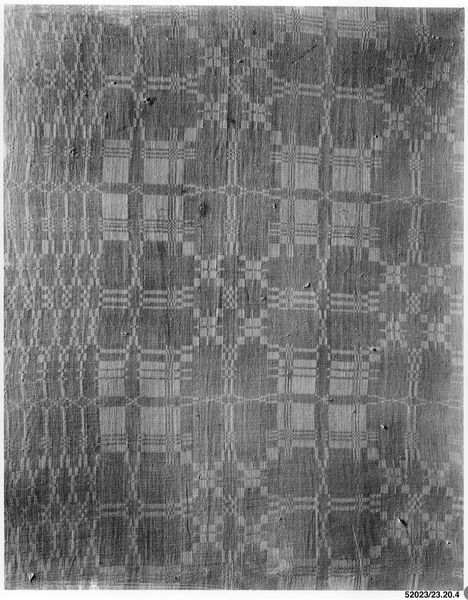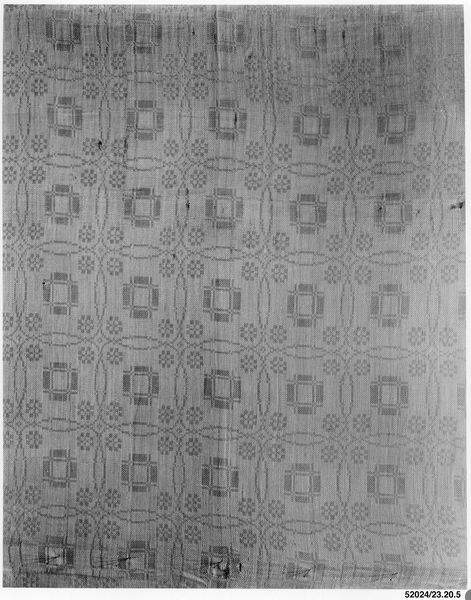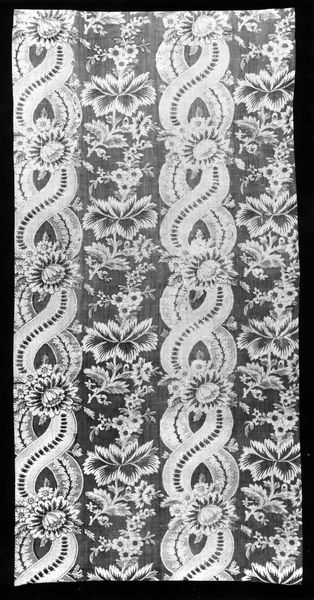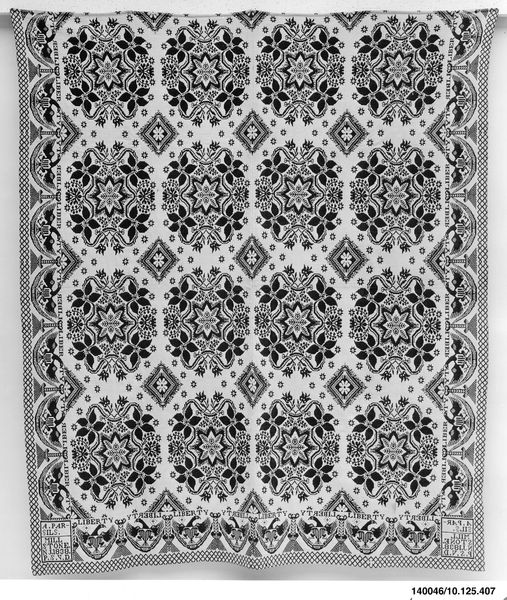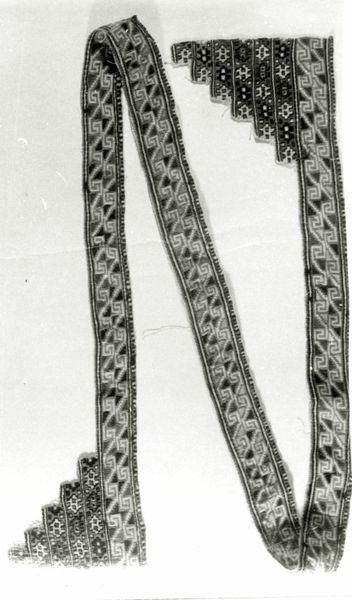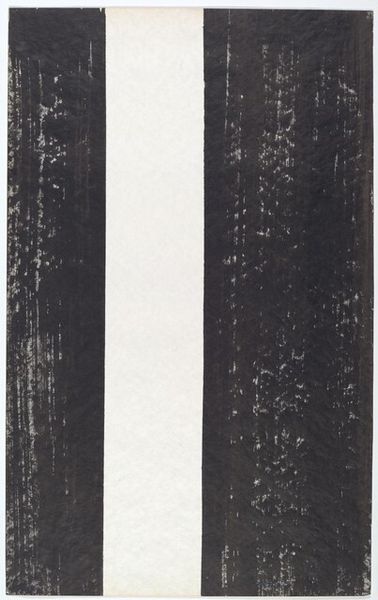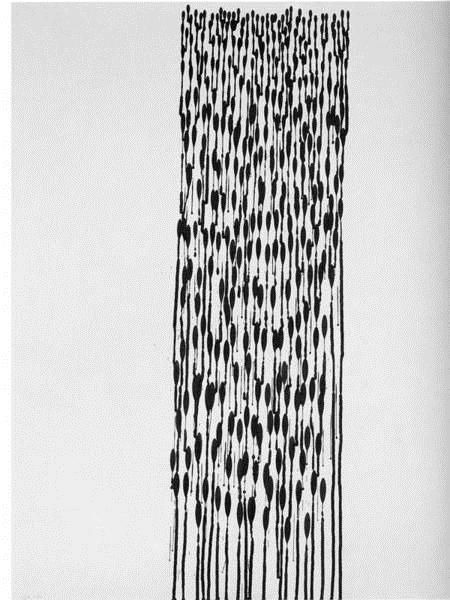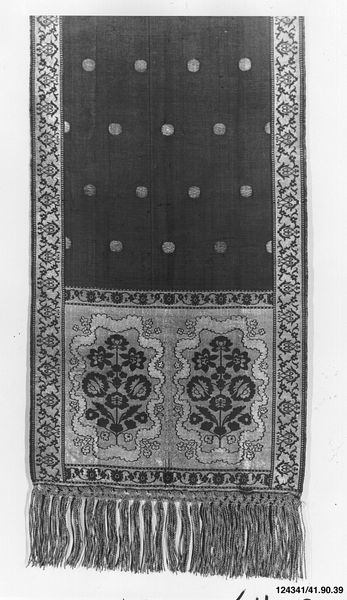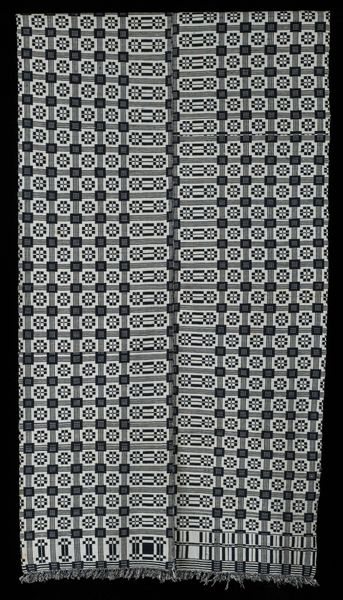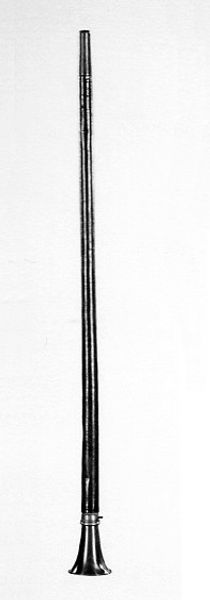
textile, sculpture
#
textile
#
geometric
#
sculpture
#
pattern repetition
#
decorative-art
Dimensions: c) L. 16 1/4 x W. 14 1/2 inches 41.3 x 36.8 cm d) L. 35 1/4 inches 89.5 cm e) L. 19 3/4 inches 50.2 cm f) L. 17 inches 43.2 inches
Copyright: Public Domain
Curator: Looking at this textile fragment, my immediate thought is just how soothing it is! The restrained palette and regular, repetitive designs create such an orderly and calming pattern. Editor: Indeed! This "Part of a Chair Cover" dates from 1792-1802 and is currently held at the Metropolitan Museum of Art. It was designed by Jean Démosthène Dugourc, and speaks volumes about the social and economic structures underpinning decorative arts in late 18th-century France. Curator: Dugourc’s design and the skilled labor necessary to weave this cover point towards the burgeoning decorative arts industry catering to the wealthy. You can practically trace the design process: the initial drawing, the transfer onto the loom, and the physical weaving itself. Editor: And the very concept of a "chair cover," while seemingly innocuous, hints at status and notions of privacy afforded to the upper classes during a tumultuous revolutionary period. These weren't mass-produced items; they represented specific commissions for particular people with enough money to consider aesthetics when purchasing furniture. Curator: Right, considering textile production at the time involved complex looms operated by skilled workers—often women— whose labor conditions are an often-overlooked aspect when discussing decorative arts from this period. Who made this? What were their lives like? The patterns here tell stories far beyond surface-level aesthetics. Editor: Absolutely. Looking at this now, against the backdrop of modern furniture design and mass production, we have to recognize this fragment as evidence of a very particular time, steeped in privilege and fraught with social inequalities, and ask who was excluded from resting in such a chair. This decorative textile, although a fragment, provokes thoughts around class and labor that linger in our contemporary moment. Curator: A tangible reminder that the decorative arts, at their core, represent both a creative expression and the embodiment of historical production and class relations. Editor: Precisely. Next time you're sitting comfortably, take a moment to appreciate not only the object but its intricate historical narrative.
Comments
No comments
Be the first to comment and join the conversation on the ultimate creative platform.
